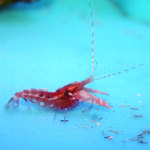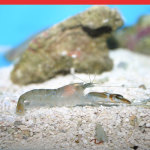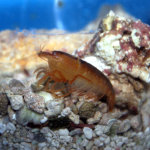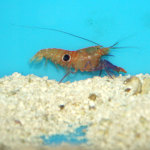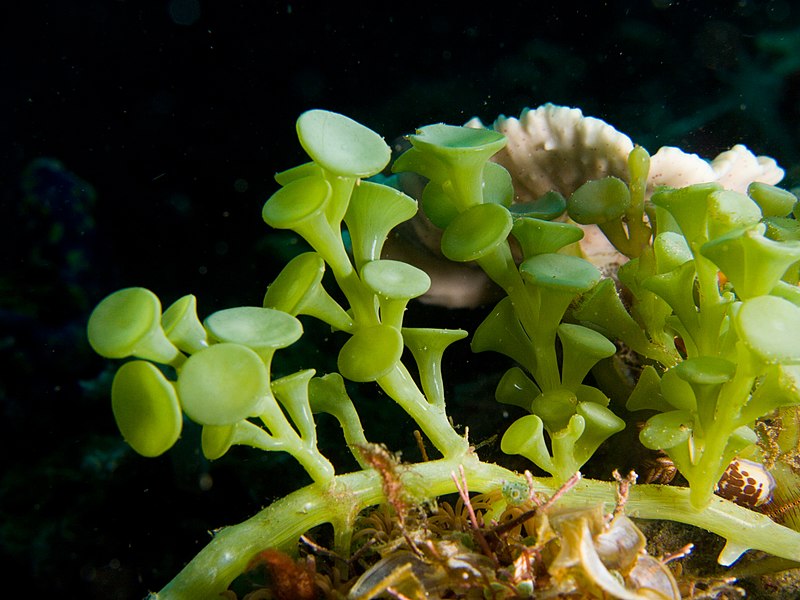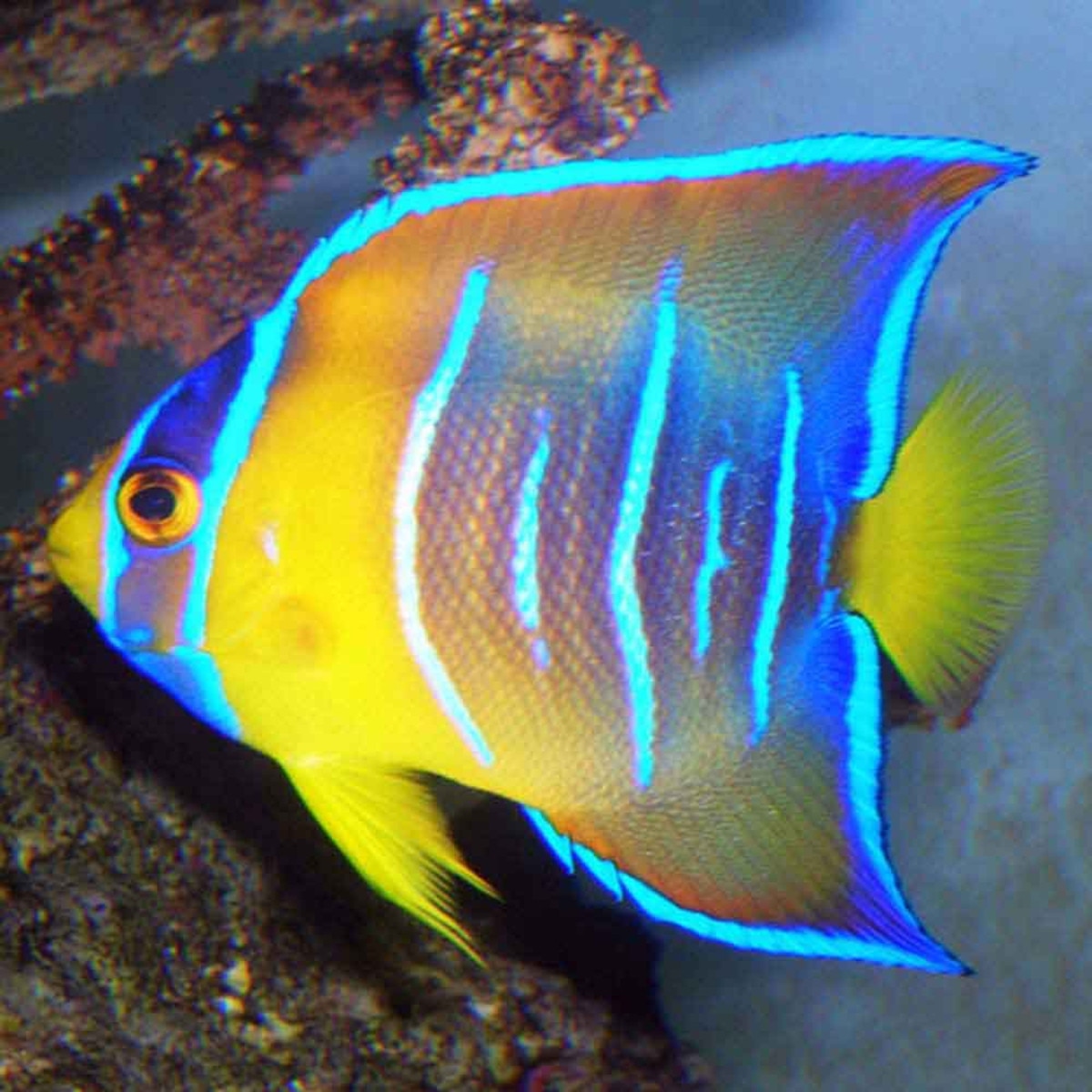 Dave here. Most of you have heard of making a “bucket list”, a list of things that you feel you have to do before you die to make your life complete. Well, I am far too disorganized to have much of a list, but one thing that I would have had on by bucket list if I were to have made one, I have been lucky enough to do: Diving on the Great Barrier Reef.
Dave here. Most of you have heard of making a “bucket list”, a list of things that you feel you have to do before you die to make your life complete. Well, I am far too disorganized to have much of a list, but one thing that I would have had on by bucket list if I were to have made one, I have been lucky enough to do: Diving on the Great Barrier Reef.
 I just got back from a long awaited vacation to Australia, part of which I spent in Northern Queensland, where I was able to make a couple of visits to the outer reefs for some amazing diving and snorkeling fun. Having been born in Australia, and still being an Australian citizen, there are questions that I have been asked all my life from friends and acquaintances. Have you ever seen a Kangaroo? Have you ever held a Koala Bear? What the heck is Vegamite? Yes, I have seen a Kangaroo, and held a Koala, and Vegamite is an Aussie thing that defies description, if you know, you know. The question that I have been asked a million times over the years that I have always had to answer “NO” to, I can finally answer “YES” to. YES, I have been diving on the Great Barrier Reef. I have been a certified diver for 16 years, and ever since I began thinking about diving, the Barrier Reef has always been one of my target sites.
I just got back from a long awaited vacation to Australia, part of which I spent in Northern Queensland, where I was able to make a couple of visits to the outer reefs for some amazing diving and snorkeling fun. Having been born in Australia, and still being an Australian citizen, there are questions that I have been asked all my life from friends and acquaintances. Have you ever seen a Kangaroo? Have you ever held a Koala Bear? What the heck is Vegamite? Yes, I have seen a Kangaroo, and held a Koala, and Vegamite is an Aussie thing that defies description, if you know, you know. The question that I have been asked a million times over the years that I have always had to answer “NO” to, I can finally answer “YES” to. YES, I have been diving on the Great Barrier Reef. I have been a certified diver for 16 years, and ever since I began thinking about diving, the Barrier Reef has always been one of my target sites.
 The reef was everything that I had hoped it would be, truly amazing. I have done many interesting dives, mostly wreck diving in the Carolinas, and some diving in Florida and the Caribbean. It just does not compare. The shear size of the Barrier Reef is overwhelming, you could spend a lifetime exploring, and still only see a small portion of it. The pictures that are posted in the blog are from my trip out to the Agincourt Reef System, which is a portion of the outer Great Barrier Reef system about 40 miles off shore out of Port Douglas, Queensland
The reef was everything that I had hoped it would be, truly amazing. I have done many interesting dives, mostly wreck diving in the Carolinas, and some diving in Florida and the Caribbean. It just does not compare. The shear size of the Barrier Reef is overwhelming, you could spend a lifetime exploring, and still only see a small portion of it. The pictures that are posted in the blog are from my trip out to the Agincourt Reef System, which is a portion of the outer Great Barrier Reef system about 40 miles off shore out of Port Douglas, Queensland
You could tell that I was the only reef geek on the dive boat. While most of the divers on my boat were hoping to see a shark, or a turtle, or maybe a migrating whale (don’t get me wrong, I would have loved to experienced a dive with a whale), I spent most of my time in shallow water, looking in all the nooks and crannies, taking pictures of “nothing” as I heard someone say. The diversity was amazing, and some of what I saw was quite surprising to me. There were huge colonies of brown Sarcophyton and Lobophytum leather corals, growing very near the surface, and large colonies of White Pom Pom Xenia on the outer reef.
 A couple of the things in particular that I was looking forward to seeing were some wild Clownfish, and Giant Clams, neither of which I have had the opportunity to see here in the Atlantic. The reef delivered big time. I saw some massive T. gigas clams that had to have been at least 4′ long, as well as T. maxima, T. crocea and T. squamosa. Some of the clams were in fairly deep water, one of the T. gigas that I saw was in about 50 feet of water.
A couple of the things in particular that I was looking forward to seeing were some wild Clownfish, and Giant Clams, neither of which I have had the opportunity to see here in the Atlantic. The reef delivered big time. I saw some massive T. gigas clams that had to have been at least 4′ long, as well as T. maxima, T. crocea and T. squamosa. Some of the clams were in fairly deep water, one of the T. gigas that I saw was in about 50 feet of water.
Clownfish litter the reef, wherever their host anemones can gain a foothold. Common to many of the large coral boulders were clusters of Green Bubble Tip Anemones (E. quadricolor), which hosted mostly Clark’s (A. clarkii) clownfish, and also some Cinnamon (A. melanopus) clowns. There were also quite a few spots where what I believe were Long-tentacle (M. doorensis) Anemones hosting mostly Clark’s and a few Maroon (P. biaculateus). The most spectacular anemones that I saw were a few bright blue and purple colored Magnificent or Ritteri (Heteractis magnifica) Anemones hosting Pink Skunk Clowns (A. perideraion). There were others that I caught glimpses of, but I was not sure of the species.
 The large schools of fish that dart about the reef are equally impressive, one of the more brilliant schools that I saw was one of hundreds of Yellow and Blueback Fusilier (Caesio teres), which are quite common to the reef. Also seen on the reef were large schools of Green Chromis that dart in and out of the reef formations as they sense danger.
The large schools of fish that dart about the reef are equally impressive, one of the more brilliant schools that I saw was one of hundreds of Yellow and Blueback Fusilier (Caesio teres), which are quite common to the reef. Also seen on the reef were large schools of Green Chromis that dart in and out of the reef formations as they sense danger.
I hope you enjoy the pictures from my visit. I think that this experience needs to appear on my list a few more times, as once was definitely not enough.
You may check out lots more underwater pictures I took of the GBR at the That Fish Place Facebook page.
Until Next time,
Dave
 That Fish Blog – Aquarium Advice and Information
That Fish Blog – Aquarium Advice and Information



